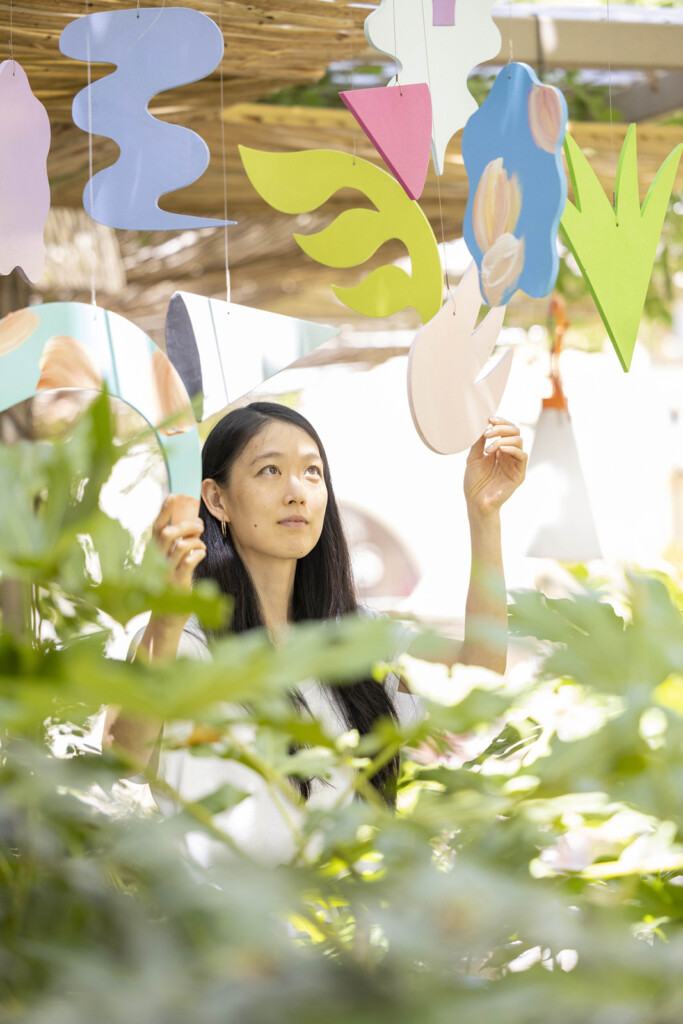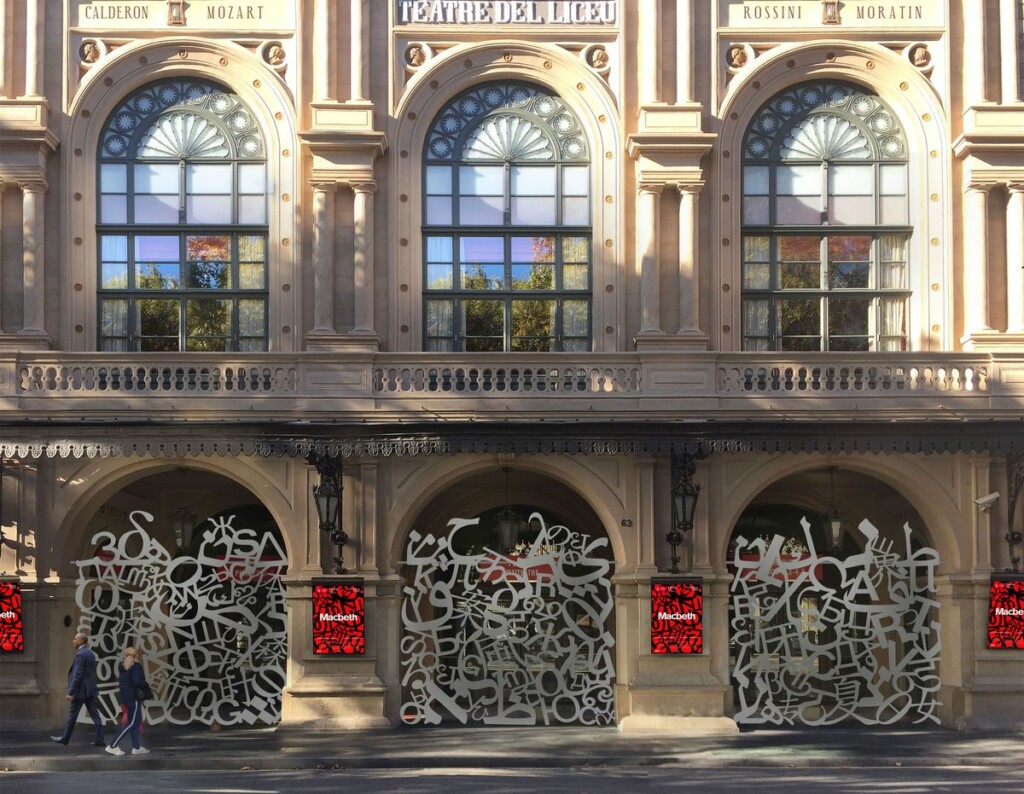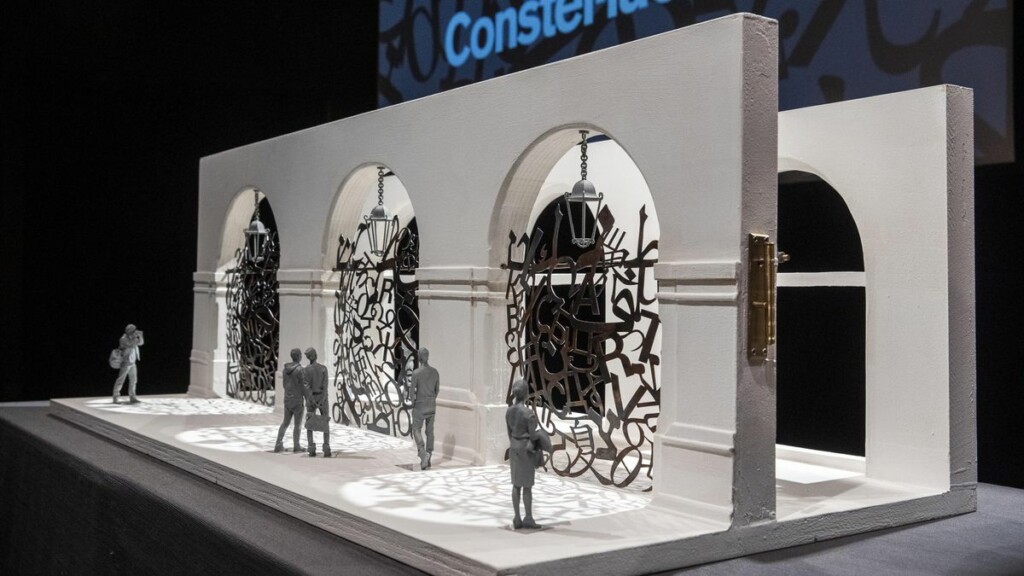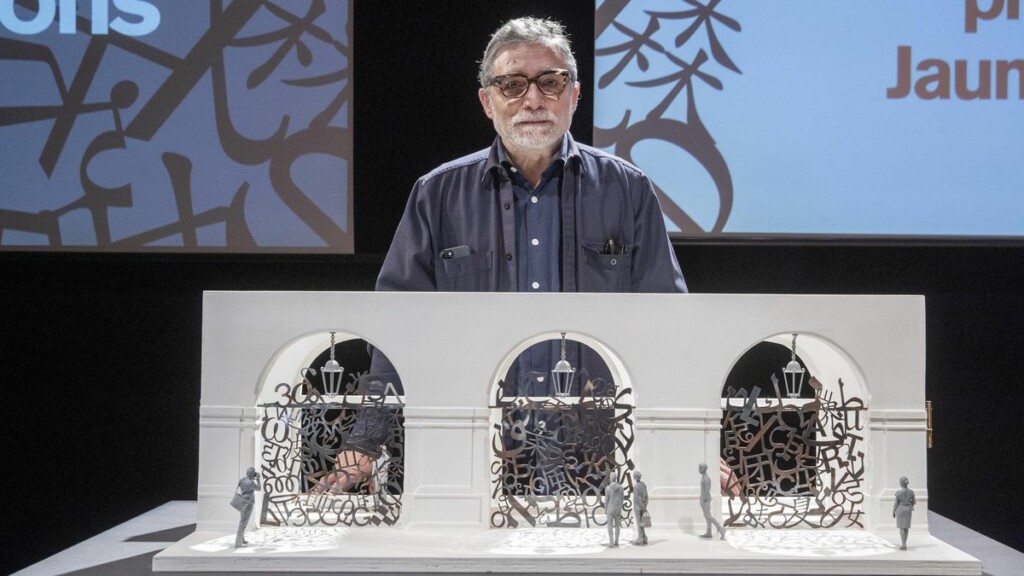- No products in the cart.
Museo de Reus receives “Duna’s World II” by Jaume Plensa
Museo de Reus has opened its doors to present a true jewel of contemporary art: the exceptional piece “Duna’s World II” by acclaimed sculptor Jaume Plensa. This work, part of a private collection on loan from Galeria SENDA, has found its home in the historic headquarters of the Santa Ana district, adding a new and vibrant cultural dimension to the city.
“Duna’s World II” transcends the mere category of sculpture to become a gateway to the artist’s fascinating universe. It is a living testimony of his artistic ideology and a celebration of eternal youth. Masterfully carved in marble, the delicacy and smoothness of its surface invite the viewer to approach and be enveloped by its mystical aura. The face, with eyes closed in a gesture of serene contemplation, suggests a state of deep reflection, an irresistible invitation to explore the innermost recesses of our own consciousness.
Jaume Plensa, renowned for his ability to capture the very essence of the human being in his works, leads us on a journey of self-discovery towards inner peace and spiritual harmony. “Duna’s World II” reminds us of the vital importance of introspection and invites us to immerse ourselves in the time of thought, where we find the serenity and balance so longed for in the tumult of modern life.
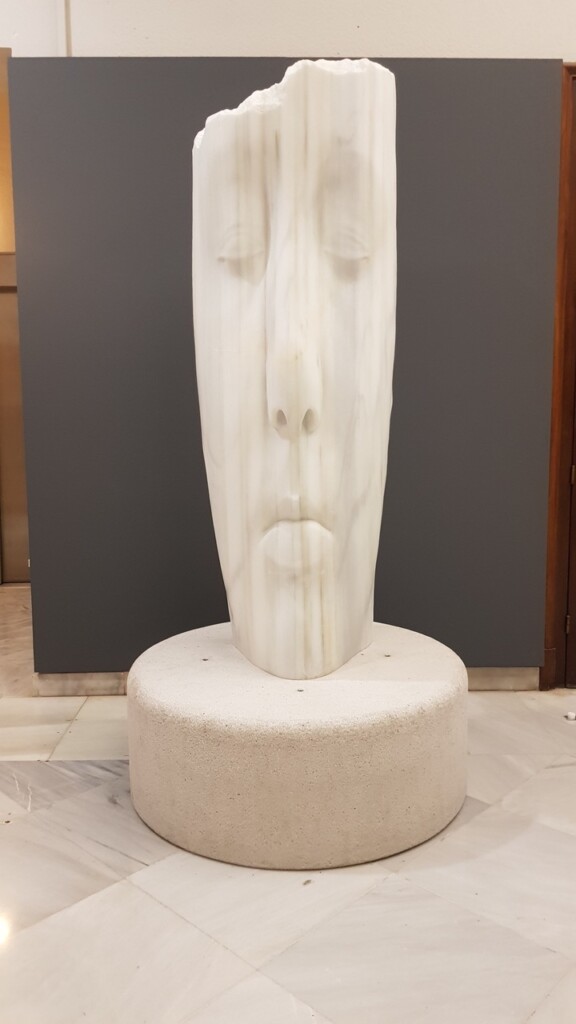
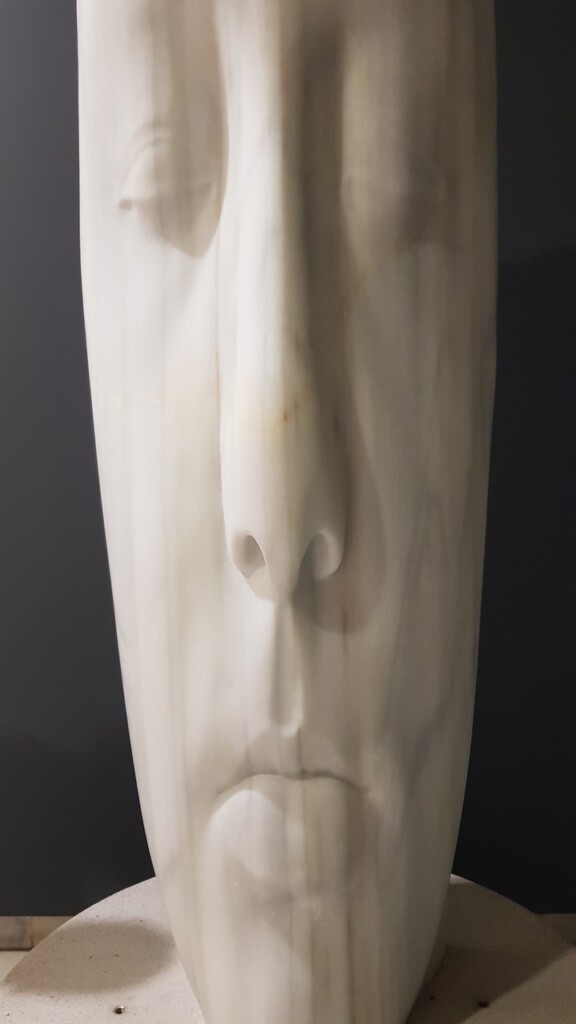
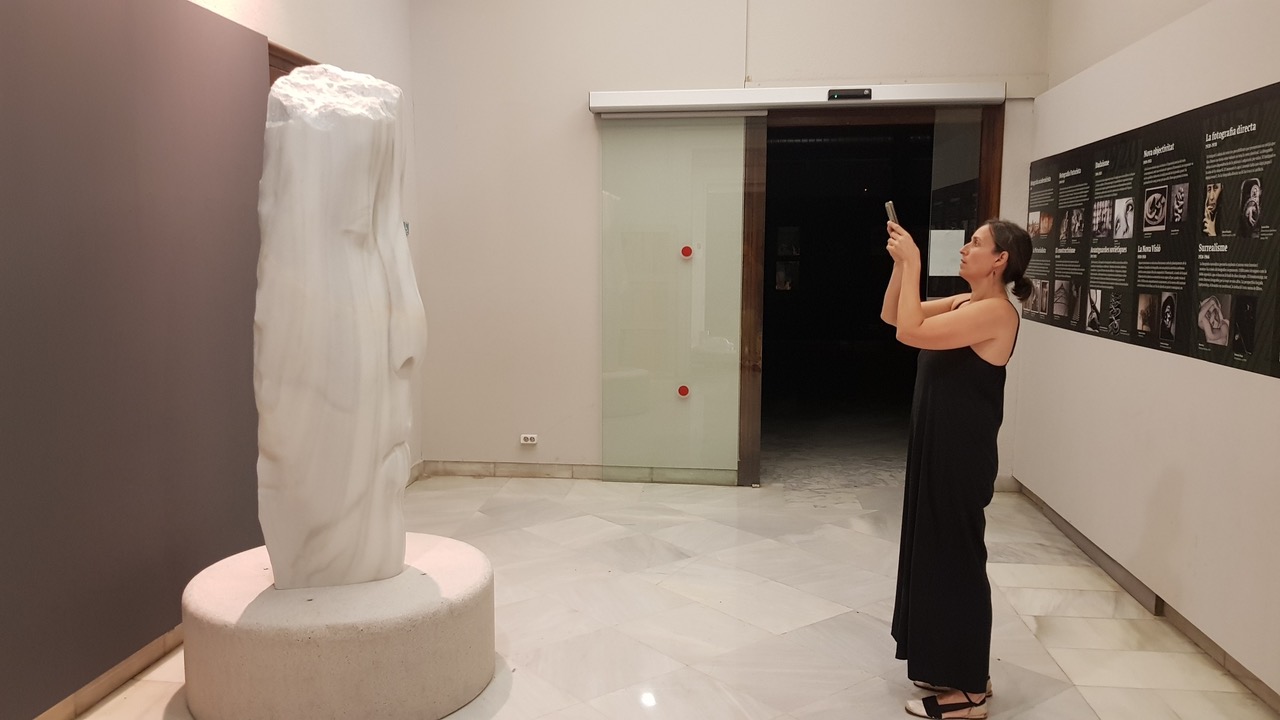
“Duna’s World II” is a unique marble piece, 183 x 67 x 58, created in 2015
The transfer of this masterpiece represents an invaluable gift for Reus, which can now boast of having two works by the renowned sculptor in its city In 2003, Plensa left an indelible mark on the city with his monumental creation “Body of Light“, which majestically adorns the entrance of Biblioteca Central Xavier Amorós. With the incorporation of “Duna’s World II“, Reus consolidates its position as an unavoidable cultural destination on the map of contemporary art, attracting visitors and art lovers from all over the world.
If you want to explore more closely “Duna’s World II“, in addition to approaching Museo de Reus, you can watch this video of Canal Reus where the details of the work are explored, in addition to hearing a few words from the councilor of culture of the City of Reus, Daniel Recasens, and the delegate of the Government of the Generalitat in Camp de Tarragona, Teresa Pallarès.
To keep up to date with the latest news and activities of Galeria SENDA, you can follow us on our social networks. Don’t miss any updates about our exhibitions, special events and much more. Join our community and be part of the exciting world of contemporary art!
#galeriasenda @galeriasenda

























































































